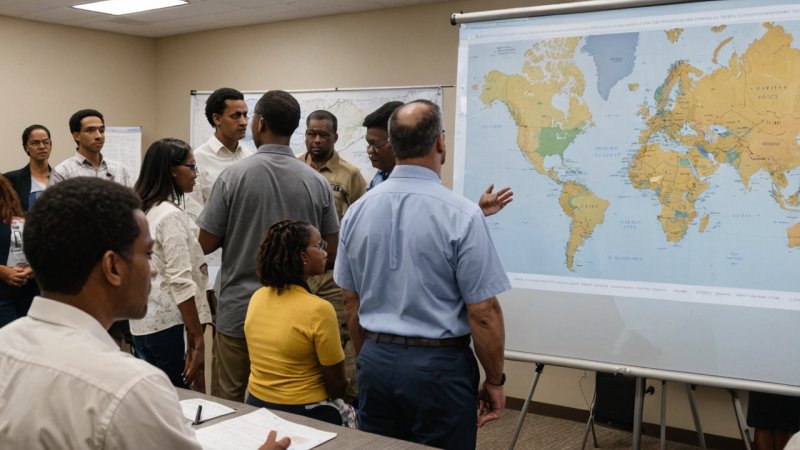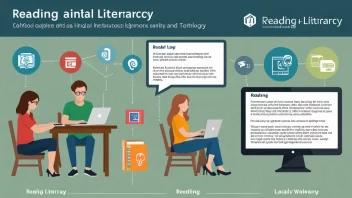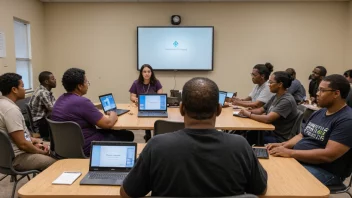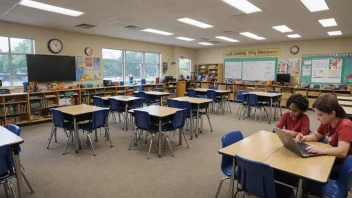In an increasingly unpredictable world marked by climate change, political instability, and resource scarcity, the need for effective disaster response has never been more pressing. Communities around the globe are experiencing the devastating impacts of natural disasters, and the inadequacies of current response mechanisms often exacerbate the suffering. Advocacy for policy changes is not just a noble endeavor; it is a crucial step toward ensuring that disaster response systems are efficient, equitable, and responsive to the needs of those most affected. This article explores the importance of advocacy in shaping disaster response policies, the strategies individuals and organizations can employ to influence change, and the collective actions that can lead to significant improvements in how we respond to disasters.
The Importance of Advocacy in Disaster Response
Advocacy plays a vital role in influencing the policies that govern disaster response efforts. Effective advocacy can lead to the allocation of necessary resources, the establishment of comprehensive preparedness plans, and the implementation of equitable recovery strategies. By raising awareness about the challenges faced by vulnerable communities during disasters, advocates can drive home the message that timely and well-coordinated responses save lives and minimize suffering. Furthermore, advocacy helps to hold governments and organizations accountable for their commitments to disaster risk reduction and recovery.
Understanding the Policy Landscape
Before embarking on advocacy efforts, it is essential to understand the current policy landscape surrounding disaster response. This includes familiarizing oneself with local, national, and international frameworks that guide disaster management. Key policies may include the Sendai Framework for Disaster Risk Reduction, national disaster management acts, and local emergency response plans. Understanding these frameworks enables advocates to identify gaps, propose improvements, and align their advocacy efforts with existing goals and mandates.
Strategies for Effective Advocacy
1. Building Coalitions and Partnerships
One of the most effective ways to advocate for policy changes is by building coalitions with like-minded organizations and individuals. Collaborating with NGOs, community groups, and local leaders can amplify voices and create a unified front for change. Partnerships can also enhance credibility and increase the likelihood of influencing decision-makers.
2. Engaging with Policymakers
Direct engagement with policymakers is crucial for effective advocacy. This can involve meetings, workshops, or public forums where advocates can present their findings, share personal stories, and propose specific policy changes. Building relationships with elected officials and their staff can create opportunities for dialogue and collaboration.
3. Utilizing Data and Research
Data-driven advocacy can be particularly persuasive. Gathering and presenting evidence on the impacts of disasters, the effectiveness of current policies, and the needs of affected communities can strengthen advocacy efforts. Utilizing case studies, testimonies, and statistical analyses can provide a compelling narrative that resonates with policymakers and the public alike.
4. Mobilizing the Community
Community engagement is a cornerstone of advocacy. Organizing awareness campaigns, workshops, and public discussions can empower community members to share their experiences and advocate for their needs. Engaging the community not only amplifies voices but also fosters a sense of ownership and responsibility toward disaster preparedness and response.
Leveraging Media and Technology
In today's digital age, leveraging media and technology is an essential component of advocacy. Social media platforms, blogs, and online petitions can help raise awareness, mobilize supporters, and put pressure on decision-makers. Creating informative content that highlights issues related to disaster response can engage a broader audience and encourage action.
Case Studies of Successful Advocacy
Several successful advocacy initiatives have led to significant policy changes in disaster response. For instance, after the devastating earthquake in Haiti in 2010, grassroots organizations collaborated to advocate for better building codes and disaster preparedness plans. Their efforts resulted in new legislation aimed at improving resilience and reducing vulnerability to future disasters.
Similarly, following Hurricane Katrina in the United States, advocacy groups highlighted the systemic inequities in disaster response, leading to reforms in federal disaster management policies. These case studies underscore the power of collective advocacy in driving meaningful change.
Getting Involved: Steps You Can Take
Individuals who wish to advocate for policy changes in disaster response can take several steps to get involved:
- Educate Yourself: Stay informed about disaster response policies and current issues affecting your community.
- Join Local Organizations: Collaborate with local NGOs, community groups, or advocacy networks focused on disaster management.
- Participate in Advocacy Campaigns: Support ongoing campaigns or initiatives that align with your values and goals.
- Contact Your Representatives: Reach out to elected officials to express your concerns and advocate for specific policy changes.
- Share Information: Use social media and community forums to raise awareness about disaster response issues and mobilize others.
Conclusion
Advocating for policy changes to improve disaster response is not just an act of civic duty; it is a powerful way to contribute to a more just and resilient world. By understanding the importance of advocacy, employing effective strategies, and engaging with the community, individuals can make a meaningful impact on disaster response policies. As we face an uncertain future, the collective efforts of advocates can pave the way for more effective disaster management systems that prioritize the needs of the most vulnerable and ensure that no one is left behind.






